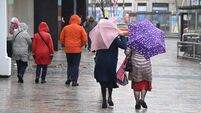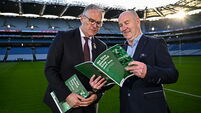Survival of the honey bee is critical for spring pollination

GETTING through the winter isn’t simple. However, the honey bee is one of the few insect species that is adapted to survive winter without becoming completely dormant.
The bee and colony change not only their behaviours, in terms of forming a nice warm cluster which has been written about before, but they also change their physiology.










